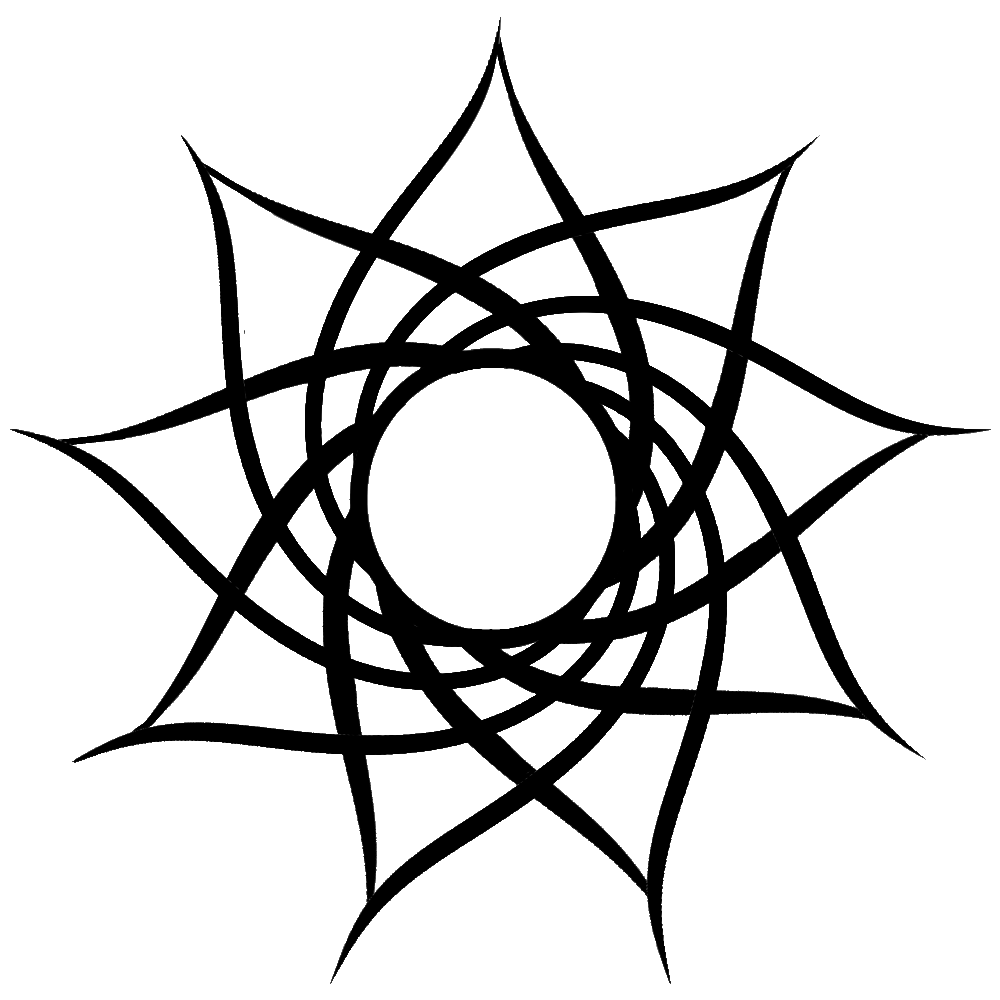Beyond the Individual: Building a Healthier World
- OPA UK

- Dec 15, 2023
- 4 min read
Baha’u’llah wrote: “Be anxiously concerned with the needs of the age ye live in, and centre your deliberations on its exigencies and requirements.” In public health, our work focuses on health and preventing illness, and so I often find myself being anxiously concerned in that context. Health is, or should be, a point of unity, something we all want for ourselves, our families and friends. Unfortunately, health is often elusive, and cut short in preventable ways. Part of the challenge may be our emphasis on the individual, rather than collective expression, of health.
When one thinks of the word health, surveys show that what comes to mind for many people is doctors, or medicine. Perhaps a healthy behaviour, like eating wholesome food, being mindful, or exercising. If you were to search for health in a book shop, or online, many of the results would be about self-help, or related to medicine and medical science, or perhaps both, with titles like “Six steps to living healthier”, or “The new secret to wellness”. There is nothing inherently wrong with this, but they reflect an individual approach to health, in which health is something you either create for yourself, or need to see a doctor to acquire.
Yet in recent decades, it has become increasingly clear that health is to a large degree shaped by the world around us. We are social beings, heavily influenced by our physical and social environments, by the institutions and structures that support, or in some cases undermine, our wellbeing. We can of course express our own free will, but we do so in the confines of what surrounds us, the social determinants of our health. These include what neighbourhood, in what country we happen to be born in, the quality of the air we breath growing up, the love of our parents, the quality of our schooling, the opportunities we are provided with. These are to a large degree why we see such large gaps in life expectancy between areas in a city, regions in a country, and between countries.
We are individuals and can shape our destiny, but we are also reflections of the world around us, part of a web of connections of deep, mutual, but often unacknowledged dependence. Baha’u’llah writes: “Ye are all the leaves of one tree, and the fruits of one branch.” We are individuals, and unique, but we all obey the same fundamental laws of nature, and influenced by the same external factors. It is often tempting to focus on the individual expression of something like health. But the fundamental nature of our interconnectedness, our essential oneness, is an unavoidable, if often ignored reality.

The COVID-19 pandemic serves as a powerful example. Our risk of contracting the virus wasn’t a consequence of our own actions alone, but it was heavily affected by its spread in the community around us. In many countries, that spread was in turn affected by the generosity or not of government support, levels of social inequality and education that enabled or hindered remote working, social networks that alleviated, or intensified, loneliness and isolation. In other words, COVID-19 demonstrated that health is a public good, which we collectively all benefit from, and contribute to. If others are unable to isolate due to high levels of social inequality that led to poor working conditions, the inability to work remotely, collect benefits, or avoid crowded living conditions, then that affects everyone, not just who suffer the most. Baha’u’llah, in his letter to Queen Victoria, likened the human race to a single body. If we think of ourselves as cells in one body, then surely the only way it can be healthy, is if all its constituent parts and cells are.
There is perhaps a temptation to think of the scale of such issues as one beyond our control as individuals. However, that is not necessarily so. When you open and close your hand, you are witnessing nothing more than the result of cells communicating with other cells in their vicinity, moving structures grown over time through cell division, working in unity. That hand is, in one sense, a very normal and mundane thing. In another sense, it is a miracle of unity and universal participation. Each cell may be tiny, but is instrumental in something far greater than itself.
Health is of course just one example of the way in which if we wish to achieve our highest potential, we rely on the collective expression of human virtues. Martin Luther King explained this in the context of poverty and compassion, when he said: “True compassion is more than throwing a coin to a beggar; it understands that an edifice which produces beggars needs restructuring.” The edifice is the wider world in which we live. It is our neighbourhoods, our communities, cities, and countries. One could argue that our future happiness, health and security will depend to a large degree not on the advancement of medicine or biotechnology, but rather on the extent to which we each choose to participate, as equals, as protagonists, in such a restructuring.
"Beyond the Individual: Building a Healthier World", written by Dr Nason Maani, Lecturer in Inequalities and Global Health Policy, University of Edinburgh



















Such a wonderful perspective, taking us from thinking about health as that of one body to the whole human body. ❤️ It also reminds me of how interconnected we are not just to each other and the natural world but how connected we are to our own past, our genetics and the experiences of our ancestors! Epigenetics is a fascinating area of study and shows that science can trace how behaviour and environment not only has an affect on our genes but the genes of all our descendants.